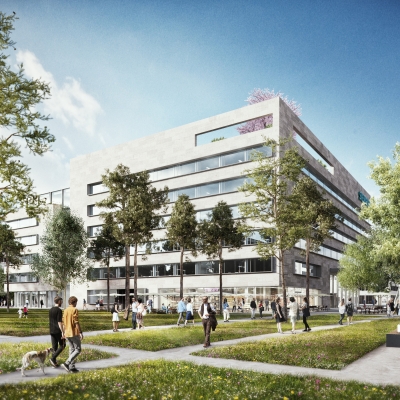
#NextWork
Digital transformation and structural change yield immense challenges for an organization’s workforce and induce significant changes in jobs and capability requirements. Systematic upskilling and reskilling is the most promising way to close the gap between existing capabilities of today and the workforce requirements of the future. From several projects with Siemens, we derived our unique #NextWork approach which makes it possible to tackle structural change and take the first steps torwards building a future-proof workforce.
Trends such as digital transformation and automation are changing traditional job roles as well as competence requirements. However, executives often lack transparency on future requirements and thus struggle to identify suitable development measures.This results in high need for reactive restructuring and recruiting. These related costs can be partially avoided if future capabilities are covered through up- & re-skilling of the current workforce.To derive viable development paths based on up- & re-skilling, an in-depth analysis including quantitative and qualitative aspects is required. Our client Siemens wanted to identify the right systematical approach to tackle structural change.
We have successfully conducted several workforce transformation projects within different businesses at Siemens. Therefore, we worked cross-functionally bringing together members of businesses and Human Ressources. Based on the learnings from these projects, we developed #NextWork as a new HR offering for Siemens to make the methodologies available to the organization.
The basic methodology follows four steps:
1.Analyze the status quo:
Analyze current job profiles/tasks & understand implications of business strategy
2.Understand trends and impacts:
Assess the impact of future trends on the job profiles/tasks
3.Define the future state:
Derive a target picture for future job profiles/tasks and detail out requirements with respect to competences and HCs
4.Derive development paths & measures:
Define concrete development paths and measures to bridge the gap between analyzed status quo and defined target state
Based on the impacts and learnings, we derived a fully productized approach which is currently in the scaling phase across the organization.
Some of the key outcomes of our initial project were:
550
people in critical job profiles in one organizational unit addressed
21% reskilled into a new job profile, 52% upskilled within their job profile and 27% with various changes to their job profile
23
new job roles defined for another organizational unit
20-30% freed up capacity due to automation, fully used for new job roles
Dive deeper: Related content




 Contact Us
Contact Us